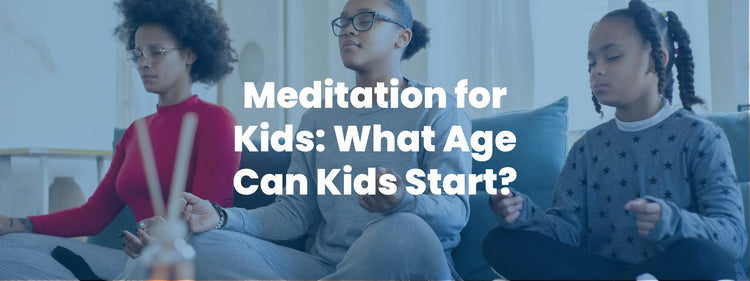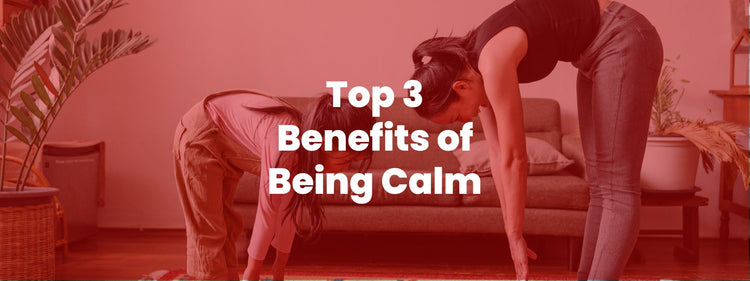Why Do You Need A Calm Corner?

If you’re a parent working with your children to help them learn to meditate, congratulations! This is a major step towards making your household more calm. In addition, you’re helping your children learn and understand amazing skills that they can use for the rest of their lives.
Perhaps you’re familiar with all of the wonderful breathing techniques that can make meditation fun for your kids. Hopefully you’re encouraging your children to use their imagination to make breathing and meditating more fun and interesting. Maybe you’re looking to take things a step further and give your children a new outlet for relaxation and meditation.
What better place to start than giving your kids a quiet, calm designated space of their own, right in your home? By creating a calm corner, you can greatly enhance your children’s experience with meditation and help them practice relaxation. It’s a wonderful thing to offer for your kids if you’re looking for a new approach to a more peaceful home life.
The concept of a calm corner is relatively simple: you designate a space in your home where your children can go to relax for a few minutes if they are feeling upset, anxious, angry, nervous, or feeling negative in any way. You can help your children create this relaxing space with a few simple materials.
First, it’s best to provide your child to have a place to lie down and relax when they are feeling heightened emotions. Some pillows and maybe a bean bag chair are a great place to start. Make sure to decorate the area in a visually appealing manner, but make sure not to provide too much colorful stimulation. You can fill the space with some fun, simple toys and stuffed animals that you know make your child happy and calm. If you know what relaxes your child, add it to the corner!
Things such as a meditation pillow or a breathing ball can work wonders for your child when they are “in the red”, as we say. Some educational materials such as a hand-breathing poster can give your child something to look at while they are in the corner, and can give them a quick reminder to remember to use their breathing techniques while upset.
This wonderful combination of materials and relaxing distractions can not only act as a go-to place that can soothe your child’s emotions when they are running high, but can also teach your children some new tactics for controlling negative thoughts and behavior. Teaching them to manage emotions from a young age can have a notable effect on your child as they grow and learn.
Some parents (many of us who are parents now and grew up once upon a time might have experienced this) send their kids to the corner for “time out” (which we never recommend), which can reinforce negative emotions. The point of a calm corner is not to punish by banishing the child to another part of the house and putting them in isolation, but to provide them a with relaxing spot of their own that they can go to and productively regroup to when they are feeling upset.
By creating a calm corner that’s visually pleasing and including some activities that are both fun and relaxing, your child will actually look forward to spending time there. Offering a positive solution during a time of negativity will teach your children to regulate their emotions and behaviors, which can serve as the framework to shaping their behavior. Over time, this can help them manage conflict and emotion as they grow older.
So not only will a calm corner help you on your way to a calmer and more peaceful household, but it will help teach your children crucial skills that will stay with them for their entire adolescence and beyond. Teaching these skills from an early age can have a profound impact on development.
Help your child take the next step in their journey of meditation by setting up a calm corner. They’ll enjoy it just as much as you will!



